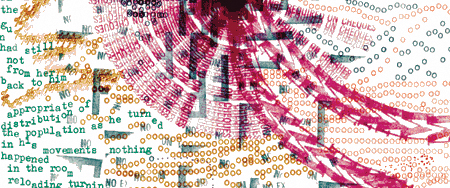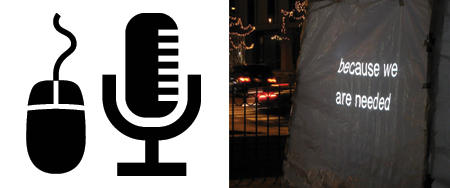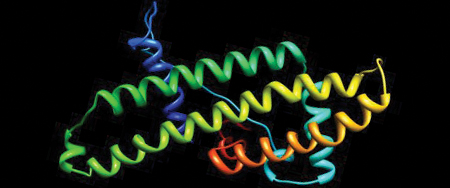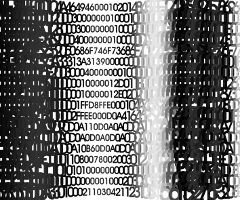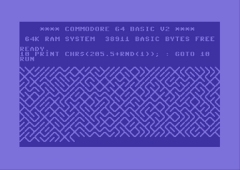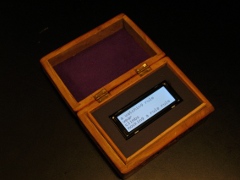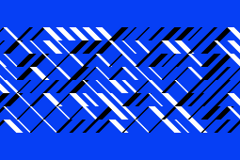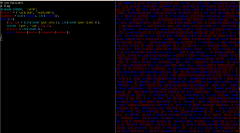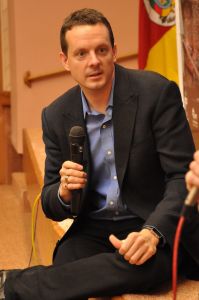Steve McCaffery read at MIT in the Purple Blurb series on March 19, 2012. A recording of part of that reading (his reading of Carnival) is embedded above; the text of my introduction follows.
Thank you all for braving the cold to come out today. Did you know that today is officially the last day of Winter? Ever! Winter is officially over forever!
But I come not to bury Winter, but to praise Steve McCaffery, and to introduce him. Steve McCaffery is professor and Gray Chair at the University of Buffalo in the Poetics Program. He comes to us from there, and before, from Canada, where he did much of his pioneering work in sound and concrete poetry. He is one of those people who is know for his non-digital work but without whom the current situation of electronic literature, of digital writing, could not exist. He is in that category, for instance, with Jorge Luis Borges.
You would have me institutionalized for loggorrhea if I attempted to read Steve McCaffery’s entire bibliography and discography to you.
Know, however, that McCaffery was one of the Four Horsemen, along with bpNichol, Rafael Barreto-Rivera, and Paul Dutton. This groundbreaking group of sound poets, numbering almost as many mouths as there are vowels, released several albumbs: “Live in the West,” and “Bootleg,” and “caNADAda.”
McCaffery’s critical writing can found in “North of Intention: Critical Writings 1973-1986” and “Prior to Meaning: The Protosemantic and Poetics” His two-volume selected poems, “Seven Pages Missing,” was published in Coach House in 2000. It earned him his second Governor General’s Awards nomination; his first was for his 1991 book “Theory of Sediment.” More recently, there’s his “Verse and Worse: Selected Poems 1989-2009,” which he and Darren Wershler edited.
And, I’ll mention two other books, his “The Basho Variations,” published in 2007, which consists of different translations and version of Matsuo Basho’s famous haiku, which could be rendered clunkily as “old pond / frog jump in / water sound.” A digital version of this haiku can be seen in Neil Hennesy’s “Basho’s Frogger,” a modified version of the game Frogger in which the first row of floating items is missing so that one can only … you know … jump in. McCaffery is pond and frog and sound, placid and salient and resonant, and we are very lucky to have him here with us tonight.
Finally, I want to mention his extraordinary poem “Carnival.” I’ve taught the first panel to dozens of students here at MIT, so it’s black and red and read all over. The two panels of “Carnival” are incredible documents. If only fragments of them survive in three thousand years, that will be adequate for archaeologists to reconstruct the functioning and history of the typewriter completely. Of course, there’s more to “Carnival” than that material writing technology. But instead of saying more, I should simply let our guest give voice to “Carnival” and other works of his. Please join me in welcoming Steve McCaffery…


